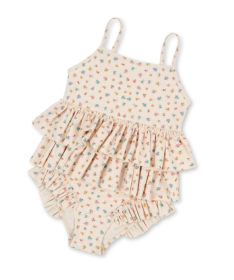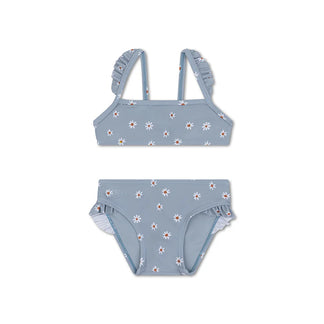
50%
Daisy Flower Blue Girls UV Bikini
Adviesprijs: 29,9514,95
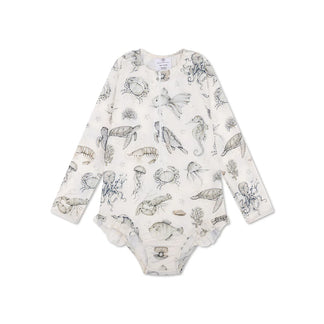
56%
Sea Life Green Girls UV Long Sleeve Swimsuit
Adviesprijs: 44,9519,95
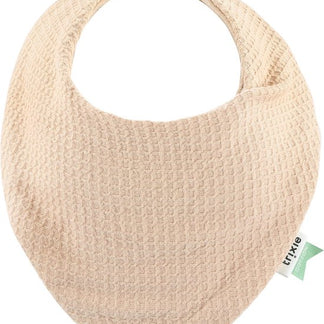
65%
Bandana bib - Cocoon Blush
Adviesprijs: 13,954,95
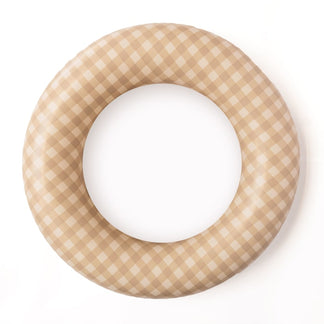
50%
Vintage Squares Swim Ring
Adviesprijs: 21,9010,95

30%
Mason Thermo Dinosaurs Rain Boots
Adviesprijs: 59,9541,95
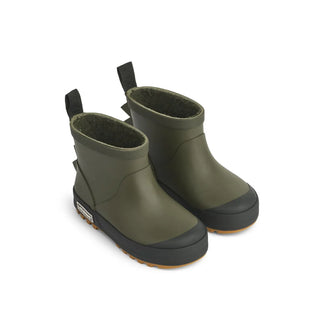
30%
Jesse Dino Thermo Rain Boots
Adviesprijs: 54,9538,45
We are judged with a
This is what our customers say about us
We are judged with a
Clothing
Whether you're buying clothes for a baby, toddler, or preschooler, there are several considerations that can help you make the right choice. Remember that babies and children often prefer practical and comfortable clothing. When choosing baby and children's clothes, there are several factors to consider.
Comfort of clothing
Babies and children need comfortable clothing. Choose soft fabrics like cotton, especially for babies with sensitive skin. Make sure the clothing isn't too tight and allows for plenty of freedom of movement. Choose clothing with convenient closures like snaps, zippers, or elastic bands. This makes dressing, undressing, and changing easier.
Sustainability of clothing
Children grow quickly, but it's still worth buying quality clothing that can withstand multiple washes. Durable fabrics and strong seams can extend the life of clothing.
Adjust clothing to the season
Dress appropriately for the weather. Make sure you wear plenty of layers in winter. Think warm winter coats, gloves, hats, and scarves. As spring approaches, consider lightweight, breathable fabrics that can also be worn in summer. Because spring can be even colder, cardigans are a good choice. In summer, shorts, T-shirts, dresses, and lightweight hats are good choices. Protect yourself from the sun with UV-resistant clothing and sun hats. As autumn approaches, warmer materials are often added, such as knitwear or lightweight jackets. Autumn colors like brown, orange, and red are popular. And just like in spring, layers are useful for cooler mornings and warmer afternoons. Choose waterproof clothing when necessary, for example, when going outside during or after heavy rain or snow.
Clothing style and preferences
While comfort and functionality are important, you can also consider the child's (or parents') style and preferences. Choose colors and designs that suit the child's taste.
The size of the clothes
Buy clothes in the right size, taking into account your child's growth rate. Clothes that are too big can be inconvenient, while clothes that are too tight can cause discomfort. Baby and children's clothes are often divided into age groups, such as 0-3 months, 3-6 months, 6-12 months, and so on. For older children, sizes may be indicated in years, such as 2 years, 3 years, 4 years, and so on. Consider the fit of the clothes when choosing a size. Some brands run larger, while others are more fitted. If you're unsure between two sizes, it's often safer to choose the larger size, allowing your child some room to grow. Sizes of baby and children's clothes can vary depending on the brand and manufacturer. If we find from experience that clothes run smaller or larger than we're used to, we'll mention this in the product description so we can take this into account.
Swimwear
Swimwear for babies and children requires special attention because it must be comfortable and safe. Choose swimwear that offers UV protection to protect the sensitive skin of babies and children from the sun's harmful rays. Swimwear should fit well without being too tight or too loose. A good fit ensures that the clothing is comfortable and doesn't sag while swimming. Choose quick-drying materials like nylon or polyester that are comfortable to wear and won't become heavy when wet.
Swimming armbands and life jackets
If your child can't swim, provide them with armbands and/or life jackets. Never leave your child unattended in the water if they can't swim, even if they're wearing armbands or a life jacket. Armbands and life jackets provide extra buoyancy and stability, making them particularly suitable for children who can't swim independently. However, they should still be supervised by an adult when in the water. Life jackets can give children more freedom of movement than armbands, allowing them to move and play more comfortably in the water. Choosing the right size is important; weight is more important than age when making this decision.


